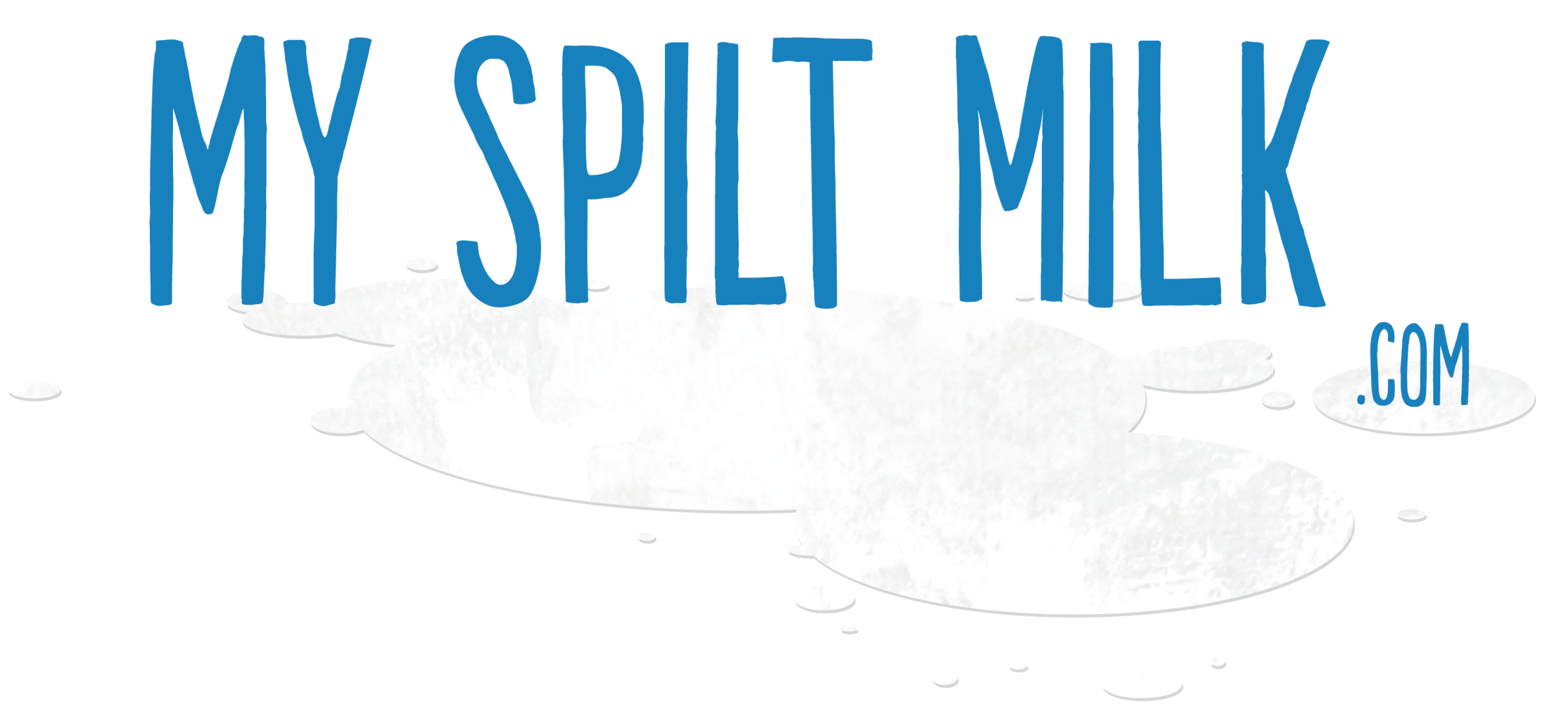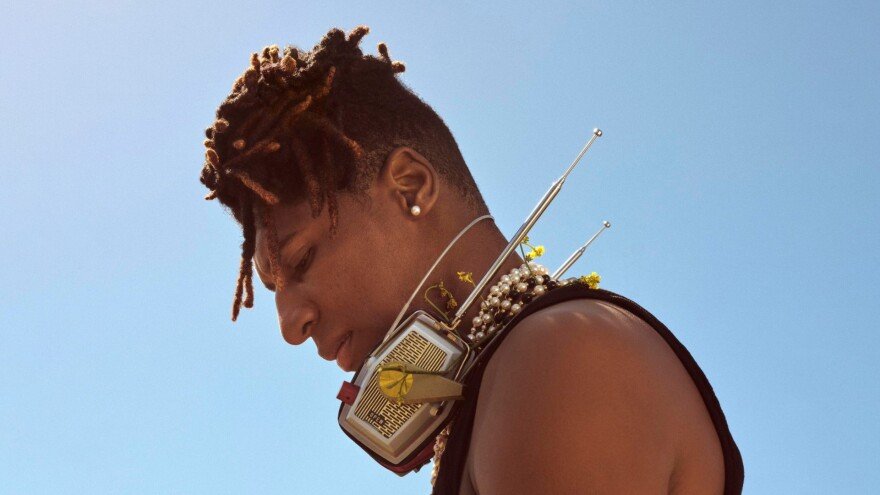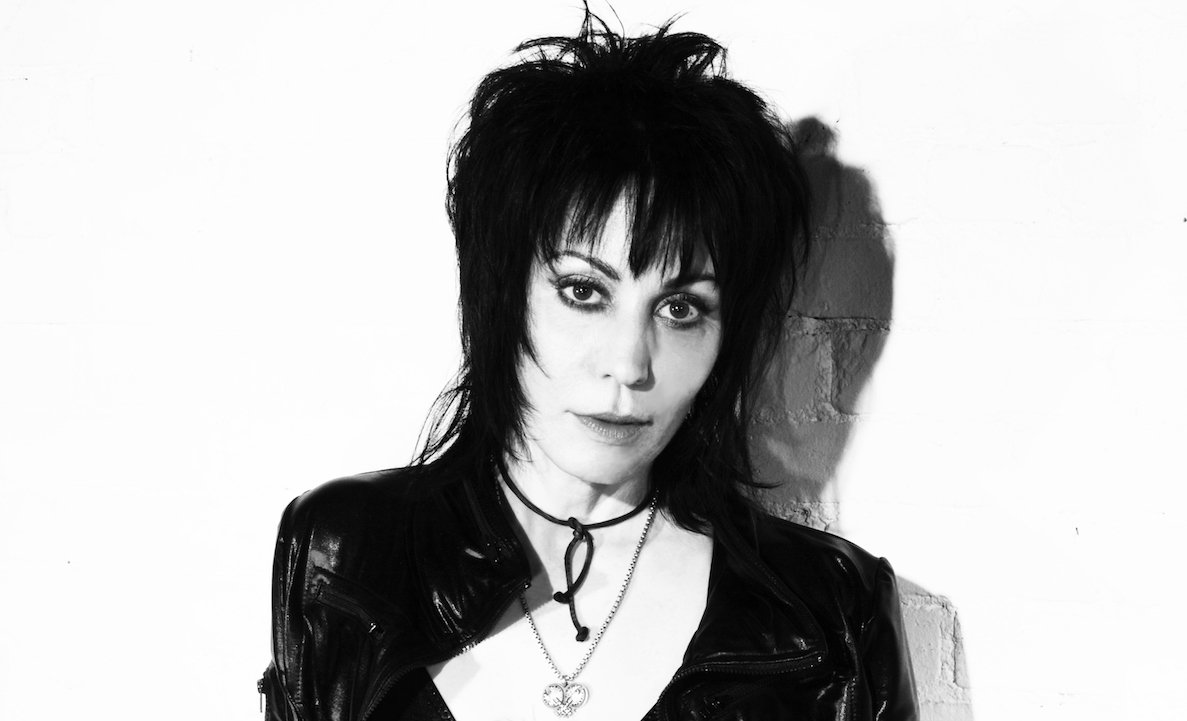A Wandering Thursday at Jazz Fest, and Friday's Picks

Morris Day
There’s always a day during Jazz Fest when you cruise from stage to stage and the event more than any act is the story.
I finished my Thursday at Jazz Fest with Morris Day and The Time, and in many ways I could have done better. The only member of the 1980s’ era Time was drummer Jellybean Johnson, but since the first Time album was recorded by Day and Prince, stewing over members’ bona fides is a losing game.
That said, Prince would have found so much to take issue with. The band followed Day in choreographed moves, but they didn’t commit the way Prince would have demanded, so the arm flaps during “The Bird” looked like a band going through the motions more than one selling a moment. Prince would have stroked out to see Day bring fans onstage for “Jungle Love” and allow them to stand around and dance half-heartedly.
Still, the show was fun because it was still a lot of great Prince material. It’s rare that I think a ballad makes things better at Jazz Fest, but “Gigolos Get Lonely Too” from 1982’s What Time is It? felt like the most complete and specific performance of the set. It seemed to spark the band as well, which was fine but casual for much of the set.
Bottom line: a set of material written by Prince was the star, though Day was a perfectly fine, genial front person for the show. I always give credit to Congo Square Stage bands for having to endure the punishing late afternoon sun, often in suits or elaborate stage gear. Day’s guitarist took sweating to new levels, sweating through the thighs and shins of the gray suit he was wearing.
My band of the day was Oaxaca’s Pasatono Orquesta, who I saw twice. The nine or so piece band dedicated to music of the Mixteca. It was rich with three violins, three horns and assorted other instruments, and as much as it drew from regional music from the south of Mexico, much of it sounded like it would have made sense coming from a klezmer band.
Bands like Pasatono Orquesta are why I spend so much time with bands from other countries at Jazz Fest. I likely won’t see them again, and all the lovely details in the performances gave the sets life.
They’ll play again Friday at 12:15 p.m. in the Expedia Cultural Exchange Pavilion Stage and sit for an interview at 2:15 at the Allison Miner Music Heritage Stage.
n the Blues Tent, Sierra Green and The Giants lived in a musical world defined by the 1960s. Green sounded powerful and compelling singing blues-based R&B from the 1960s, but for my tastes, it lived too completely in that era. Every musical decision and lyrical choice had been made 60 or so years ago. Loving and being inspired by the heyday of R&B makes perfect sense; music that erases decades seems escapist.
At the other end of the spectrum, Americana band Loose Cattle was about as up to date as you could get without songs about tariffs. In “Before We Begin” on the Sheraton New Orleans Fais Do-Do Stage, they sang about parents “deadnaming” their trans child–using their birth name and not the name the child chose to reflect their identity. “Candy’s parents shamed her to the grave,” they sang, a situation that likely never showed up in the songs that inspired Green or many other artists that played Jazz Fest today.
Friday at Jazz Fest
On the first weekend, I questioned but loved the booking of Cheap Trick, and I have the same feelings about Joan Jett and the Blackhearts (5:45 p.m., Shell Gentilly Stage). There was a time when festival producer Quint Davis construed the phrase “Jazz and Heritage Festival” to encompass music understood as the heritage of jazz. That phrasing gets almost everything under the umbrella, and by now it feels poindexter-ish to carp about such matters. Jazz Fest has made room for all kinds of bands in the first 50 or so years, and since Jett’s secret sauce is that her rock ‘n’ roll fandom is very clear in her music, I’m not complaining.
For more previews of Thursday at Jazz Fest, check our preview of this year’s international acts from Mexico, my interview with Kacho and Mongo from Son Rompe Pera (1:40 p.m., Expedia Cultural Exchange Pavilion Stage; 4:15 p.m., Jazz & Heritage Stage), and my interview from earlier this year with Alexis & the Sanity (4:45 p.m., Rhythmporium Stage), formerly known as Alexis & the Samurai.
Two acts that are yearly must-sees for me are Hurray for the Riff Raff (3:55 p.m., Shell Gentilly Stage) and Trumpet Mafia (2:50 p.m., WWOZ Jazz Tent). Alynda Segarra of Hurray for the Riff Raff has a gift for making good use of their Jazz Fest time. They have a gift for talking about hard realities in unflinching terms, but their sets never sound like therapy because the heart of the song is the ways we get through them.
Trumpet Mafia needs to be seen at Jazz Fest because it’s one of the few places where the trumpet-first band can exist in its maximalist form. They usually pack 10 or so trumpets along with other horns, and band that would big with only a trumpet or two. That configuration musically, physically and conceptually underlines the idea of music as a community product, and that’s what you hear and see. The musical conversation is rich and dense with a multitude of voices, and you can see players move in and out of small groups, whether playing in conversation or goofing off together. For me, it’s always magic.
007 (3:50 p.m., Lagniappe Stage) was part of a time when Frenchmen Street was a more crucial part of the New Orleans music scene. Jeffrey Clemens, Jonathan Freilich, Alex McMurray and Joe Cabral played ska and rock steady, and they’ll play a 25th anniversary show.
Montreal native Wesli (12:20 p.m., Congo Square Stage; 3:10 p.m., Expedia Cultural Exchange Pavilion Stage) explores his Haitian roots, but doing so leads to West African guitar lines, jazz, reggae, and sounds from the Caribbean.
For more reviews, previews and coverage of Jazz Fest, visit My Spilt Milk at Jazz Fest 2025.
Creator of My Spilt Milk and its spin-off Christmas music website and podcast, TwelveSongsOfChristmas.com.






